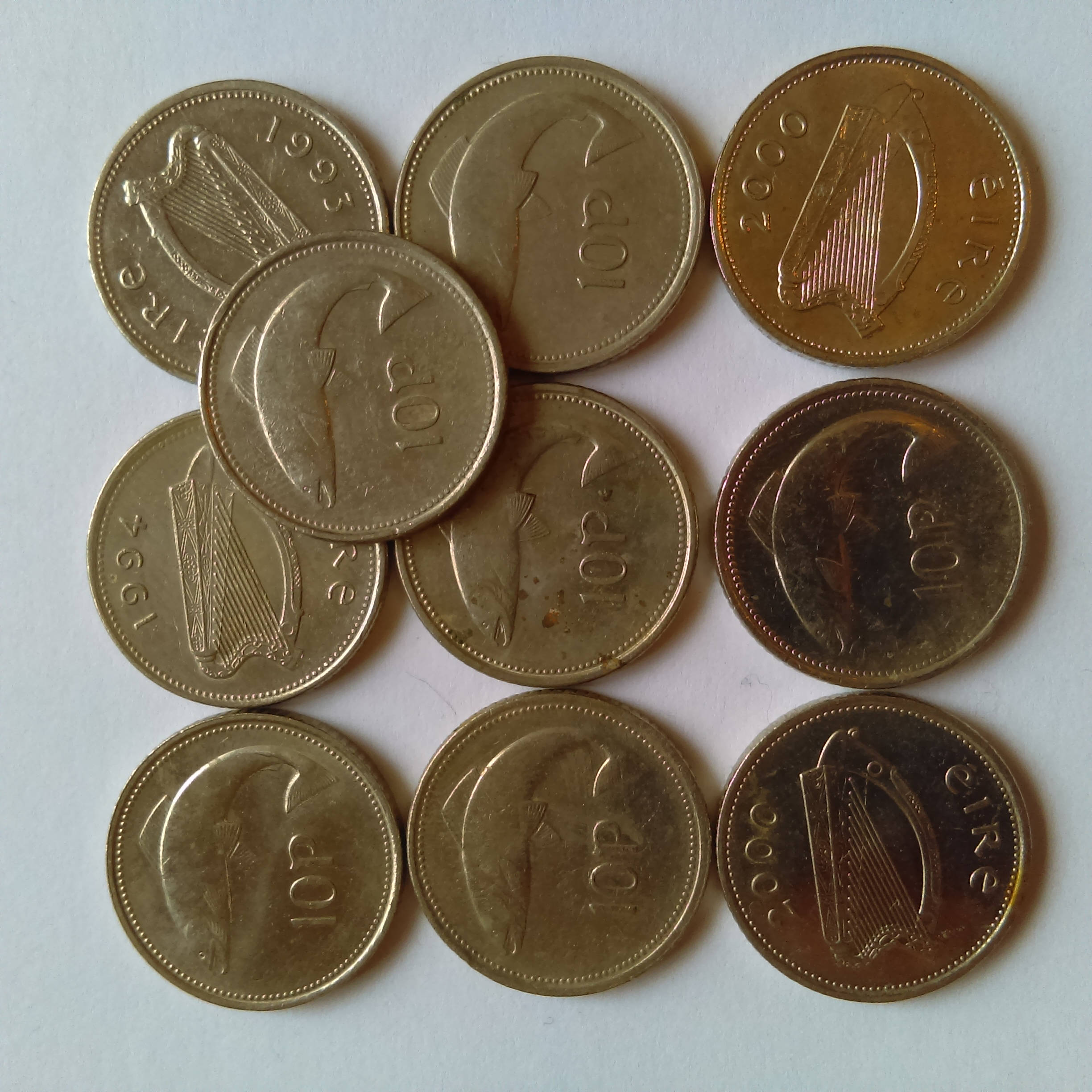
The established variety shares a reverse die with the new discovery, but the obverse on the new coin is from an entirely new die, Kraljevich said. John Kraljevich, an expert in Colonial numismatics who is author of the monthly Coin World column “Colonial America” and a numismatic consultant for Stack’s Bowers, cataloged the new variety for the auction.Īccording to Kraljevich, the Nelson 17 variety most closely resembles the Voce Populi variety identified as Nelson 4 and Zelinka 2-A. The established variety shares a reverse die with the new discovery, but the obverse on the new coin is from an entirely new die. The recently discovered and unique Voce Populi halfpenny (Nelson-17) variety most closely resembles the Voce Populi variety identified as Nelson 4 and Zelinka 2-A. these coins are not cheap, therefore it would be unfair to describe this as a “beginner’s” collection.the least expensive halfpenny and a farthing.At the most basic level, there are just two types to collect.John Roche, Edward Barry, and “several copper smiths, tinkers and other persons” mentioned by Dublin’s Lord Mayor (John Tew) in his proclamation during August 1760. The now 17 different obverse design varieties suggest that there may have been more than one mint or individual producing these pieces, i.e. He has also listed five different border designs.Zelinka (1976) listed 16 obverse dies and 11 reverse dies that are found in up to 16 combinations.Nelson originally listed 6 design types in 1904/05 but this has been extended as most collectors use a Nelson ref.All the coins are composed of copper and are dated 1760.The meaning of this has not yet been satisfactorily explained.No P on obverse / The letter P in front of the face / The letter P under the Bust.Long bust / Short bust / Boy-ish head (obverse).Several varieties are most easily distinguished by the different punctuation or designs that accompanies the legends.The obverse shows the seated figure of Hibernia with a harp and the legend “Hibernia” above, the date in exergue.The obverse displays a male bust wearing a laurel wreath (personification of the people) with the motto Voce populi (By the voice of the people).Over time these issues were supplemented with regal George III Irish halfpence (produced in 1766, 1769, 82) and many lightweight counterfeit and imitation Irish copper coins. But, it appears both the ‘regal’ and ‘Voce Populi’ copper coins continued to circulate in Ireland (at least for a while).“that several copper smiths, tinkers and other persons have been and are now engaged in different parts of the city and the suburbs thereof in forming of base metal into an imitation of the copper half-pence current through this Kingdom”


Perhaps he didn’t learn his lesson and continued into 1761.An Edward Barry imprisoned once and publicly ‘whipped’ twice for producing these illegal coppers.This supports the theory that more than one hand was involved in their production.Roche died in October 1760, therefore someone else must have produced them after this time.It is thought these coppers may have continued to be produced through 1761 using the 1760 dated dies.He would have had the die-making skills + the raw materials to produce tokens like these.Roche was, at that time, engaged in the manufacture of buttons for the army.Traditionally they have been attributed to a button maker named Roche, on South King Street, Dublin.Very little is known about the origins of these coins, all of which carry the date 1760.This coin also circulated in the American Colonies, therefore US collectors also consider it an Early Colonial coin.


 0 kommentar(er)
0 kommentar(er)
